WATERS OF LIFE
LIFE UNDERWATER
- VEGETATION
VEGETATION - NUTRITION
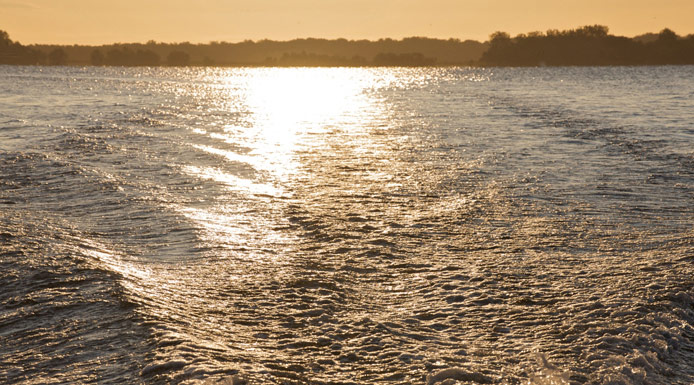
Aquatic plants absorb energy from sunlight through photosynthesis.
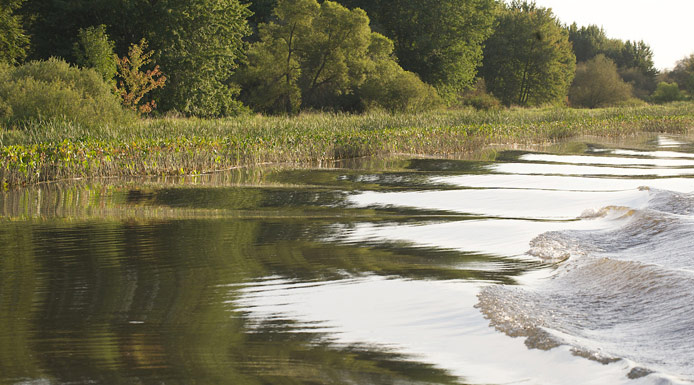
To grow, they also need nutrients (phosphorus and nitrogen), which they absorb from the water.
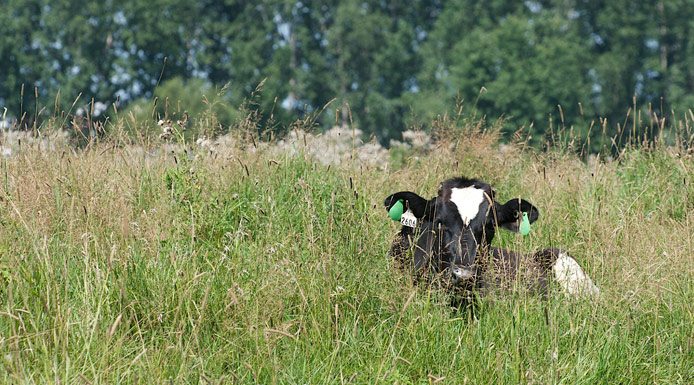
The availability of phosphorous and nitrogen is the main factor limiting plant growth.

The tributaries of Lake Saint-Pierre are particularly rich in phosphorus and nitrogen because they pass through agricultural areas. This abundance of nutrients promotes plant growth and results in invasive growth of aquatic plants.
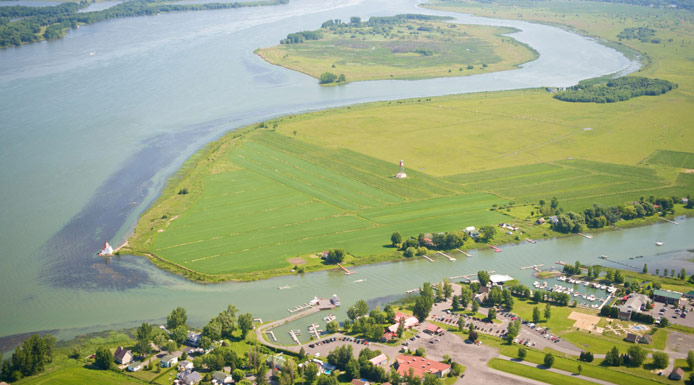
Aerial photograph showing île du Moine
The tributaries are enriched by the fertilizers spread on farmland.

Arrowheads
Fertilizers leach into aquatic environments.
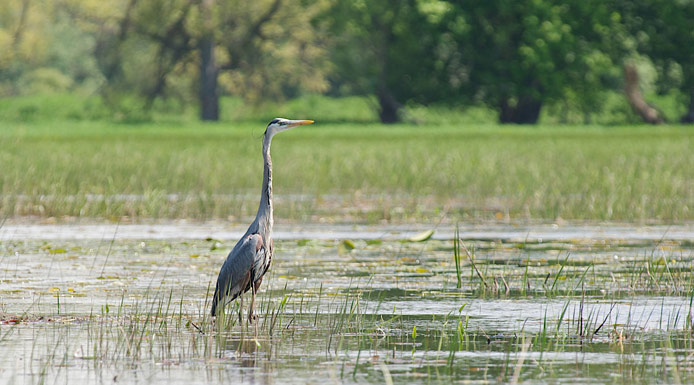
Great Blue Heron in a marsh
This raising nutrient loads greatly increase aquatic plant growth in Lake Saint-Pierre.
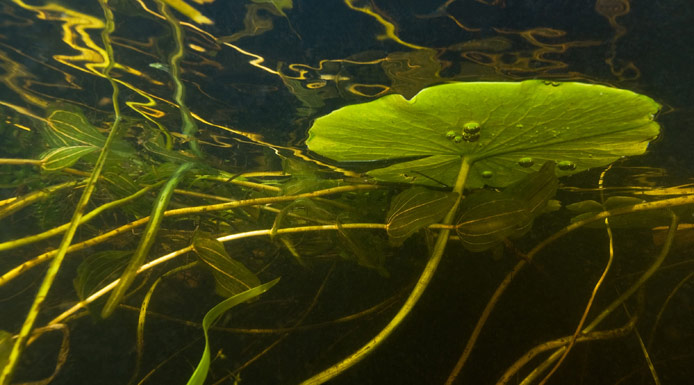
Pond-lily leaf
As part of the process of photosynthesis, plants release oxygen into the water. This element is essential for aquatic organisms.

Muskrat among common duckweeds
Plants also transform the sun’s energy into organic matter.

Common Snipe
This matter is then used by other organisms higher up the food chain.

Young Black-crowned Night Heron
Young Black-crowned Night Heron eats fish.

Virginia Rail
The Virginia Rail eats small invertebrates.
